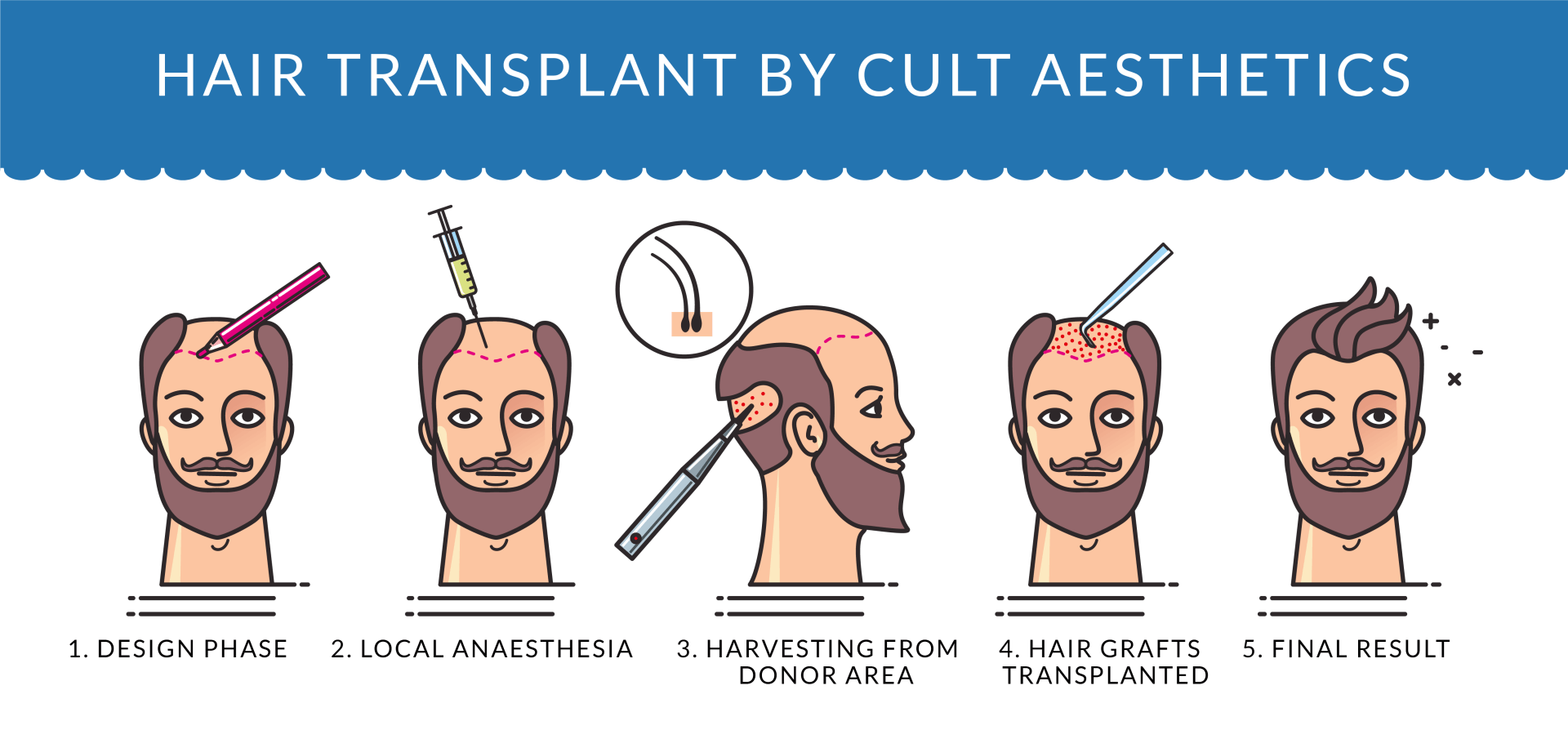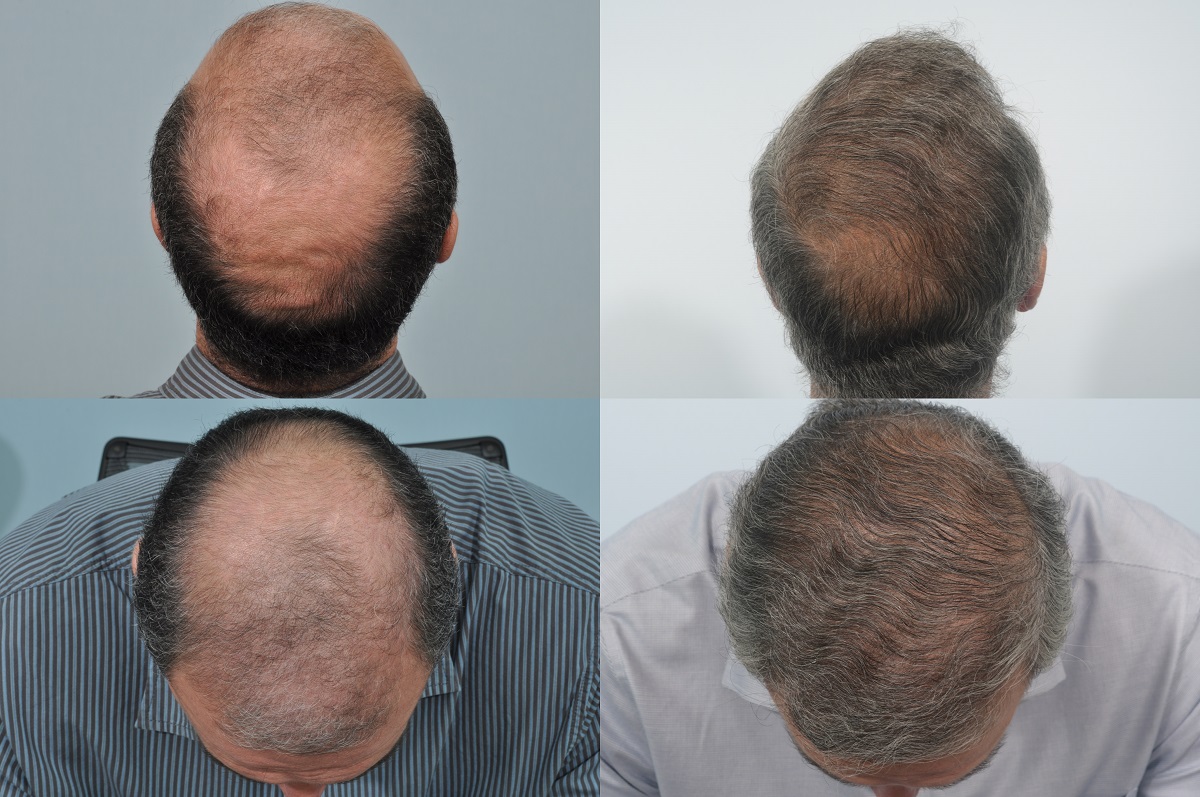Table Of Content

To collect the grafts, the physician/physician assistant makes circular punch incisions that are 1mm or less in diameter. These small incisions heal within 1-2 days and are then minimally detectable, making this a minimally invasive technique that allows for quick healing time. The recovery or healing period after a hair transplant will vary from patient to patient. Some people return to work the very next day, others take a bit longer.
What are the different types of hair transplant surgery?
Rice Water for Hair Growth: Does It Really Work? - Health.com
Rice Water for Hair Growth: Does It Really Work?.
Posted: Mon, 01 Jan 2024 08:00:00 GMT [source]
This also gives your medical team an opportunity to assess your scalp and come up with a plan for surgery. If you are experiencing hair loss or hair thinning, there are treatment options available. But no single treatment is guaranteed to work, and the costs can stack up quickly, especially since hair loss treatments are rarely covered by insurance. In follicular unit extraction (FUE), the hair follicles are cut out directly from the back of the head through hundreds to thousands of tiny punch incisions.
What is a Hair Transplant’s Average Cost?
Our hair restoration specialists are ready to answer all of your questions. Finally, hair loss that is caused by medical conditions, such as thyroid disorders, may be reversed by treating the underlying condition. The cost of a hair transplant varies greatly and depends on several factors.
FUT hair transplant cost
And many countries around the world are professionals in hair transplantation. For example, Turkey, Mexico, India, Poland, Spain, Thailand, and many more countries. This technique is sometimes referred to as advancement flap surgery because sections of hair-bearing scalp are pulled forward or "advanced" to fill in a bald crown.
Follicular unit transplantation (FUT, or strip method)

Coarse, gray, or light-colored hair can provide more coverage than fine, dark hair. But if this is a procedure you are interested in and the potential rewards outweigh the costs and risks, consider talking with your doctor to see if this is a good option. Talk with your doctor about these risks and how much improvement you’re likely to get from the surgery. Understand that neither procedure is guaranteed to be successful but that scarring is a risk. You may also not be eligible for either procedure based on your hair volume or quality.

During the procedure, hair is moved from an area of your scalp where hair grows more plentifully to areas of your scalp where you have hair loss. A surgeon performs the transplant alongside a team of hair technicians, nurses, and other personnel. During the procedure, hair follicles from a donor site are transplanted to areas of the patient’s scalp that have experienced hair loss. These follicles are usually harvested from the back or sides of the patient’s head. Another technique used in the treatment of baldness is called tissue expansion. Plastic surgeons are the leaders in tissue expansion, a procedure commonly used in reconstructive surgery to repair burn wounds and injuries with significant skin loss.
How is tissue expansion performed?
There is no conclusive scientific research as to the extent of their effect after a hair transplant. Although, most people see about 60% of the result around 6 to 8 months after the procedure. You’ll also need to cover prescription medications for pain or other possible side effects that may result from the procedure.
What are the steps of a hair transplant procedure?
If the exam and tests show that you are a good candidate for a hair transplant, your dermatologist can tell you what results you can expect. A full head of hair may be unrealistic, but a fuller head of hair can be the goal. A dermatologist is a medical doctor who specializes in treating the skin, hair, and nails. Other care instructions may include dressing for the surgical wounds, followed by topical treatment to prevent scarring. Your care team will let you know when you can resume activities like showering or using shampoo.
Targeted areas for treatment
Your healthcare provider will then implant these hair grafts into the balding areas of your scalp or beard. Once healed, the transplanted hair should continue to grow for a lifetime. To maintain healthy circulation in the scalp, the grafts are placed about one-eighth of an inch apart.
Hair transplantation for men or even hair transplantation for women is the most required type for those who suffer from baldness or hair thinning. Several types of hair transplantation can be performed to restore lost hair from the scalp or thicken the beard and eyebrows. Generally, several surgical sessions may be needed to achieve satisfactory fullness, and a healing interval of several months is usually recommended between each session. It may take up to two years before you see the final result with a full transplant series. The amount of coverage you'll need is partly dependent upon the color and texture of your hair.
How to Stop Receding Hairline: 12 Home and Medical Remedies - Medical News Today
How to Stop Receding Hairline: 12 Home and Medical Remedies.
Posted: Fri, 24 Nov 2023 08:00:00 GMT [source]
The surgeon usually moves hair from the back or side of the head to the front or top of the head. As with any kind of surgery, transplants have some risks, including bleeding and infection. There’s also the chance for scarring and unnatural-looking new hair growth. After they prepare the grafts, the surgeon cleans and numbs the area where the hair will go, creates holes or slits with a scalpel or needle, and delicately places each graft in one of the holes. They’ll probably get help from other team members to plant the grafts, too.
A healthcare provider cuts tiny pieces of the scalp containing healthy hair. Sometimes they use a small, round punch to remove skin that contains about 10 to 15 hairs. People used to call these grafts “hair plugs.” Micro-grafts contain one to two hairs.


No comments:
Post a Comment